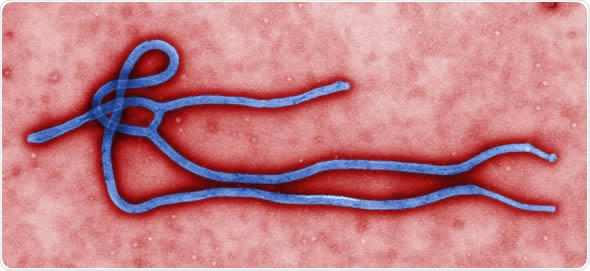The Ebola virus may live longer in semen than previously understood, which may make male survivors of the disease infectious for up to nine months after the virus first presents itself, according to a new study published in the New England Journal of Medicine.
This latest discovery — a change from the seven months that scientists had previously believed to be the longest period Ebola could be found in semen, and certainly much longer than the three months that survivors are advised to practice safe sex — is part of ongoing and essential research on more than 17,000 Ebola survivors.
Before the 2014 outbreak in West Africa, only an estimated 2,361 people had ever contracted the Ebola virus. The relatively small patient population is one reason scientists didn’t know much about the painful and often fatal illness, and why treatment and vaccine research was scant and world health leaders were caught by surprise at the ferocity of last year’s epidemic.
Now, survivors are providing researchers with information about how the virus works and its long-term effects, leading to new standards of post-illness care and opening up exciting new avenues for vaccine trials.
While the difference between seven and nine months may seem slight, the impact can be devastating for Ebola survivors and their loved ones. Last March, a woman in Liberia had sex with an Ebola survivor, fell ill within a week and then died. Her partner had been free of Ebola for five months.
And it seems the Ebola virus can reside in more body parts: A nurse from Scotland who was thought to have beaten Ebola is now back in the hospital ten months later; the virus appears to have found refuge in her body, but doctors remain unsure how or where. And two months after American doctor Ian Crozier beat Ebola, doctors found the virus in his eye.
The results of the new study “come at a critically important time, reminding us that while Ebola case numbers continue to plummet, Ebola survivors and their families continue to struggle with the effects of the disease,” said Bruce Aylward, the World Health Organization director-general’s special representative on the Ebola response, in a statement. “This study provides further evidence that survivors need continued, substantial support for the next six to 12 months to meet these challenges and to ensure their partners are not exposed to potential virus.”
In the study, 93 male Ebola survivors from Freetown, Sierra Leone, provided a semen sample during a range of two to 10 months after their symptoms first began. All of the men who got tested within three months of disease onset had traces of the virus in their semen, while 65 percent of men who were tested between four to six months showed signs of the virus. Finally, 26 percent of men tested between seven and nine months after disease onset tested positive for Ebola. The study participants were told about their test results, and provided with counseling and condoms.
The research is a collaboration between the Sierra Leonean government, the WHO and the U.S. Centers for Disease Control and Prevention, and the CDC is continuing to run tests on the samples to see if the virus found in the semen is live and potentially infectious.
There are over 8,000 male Ebola survivors in West Africa, and the WHO recommends that until a man tests negative twice for Ebola in his semen, he either abstain from sex or use a condom. They also recommend washing hands after any physical contact with semen.
In addition to the sexual side effects of Ebola survival, other survivors have described body and joint aches, fatigue and vision problems. The social problems they encounter, like rejection from their family and community, or unemployment due to fear, make survivors even more vulnerable after beating the disease.
Also on HuffPost:






